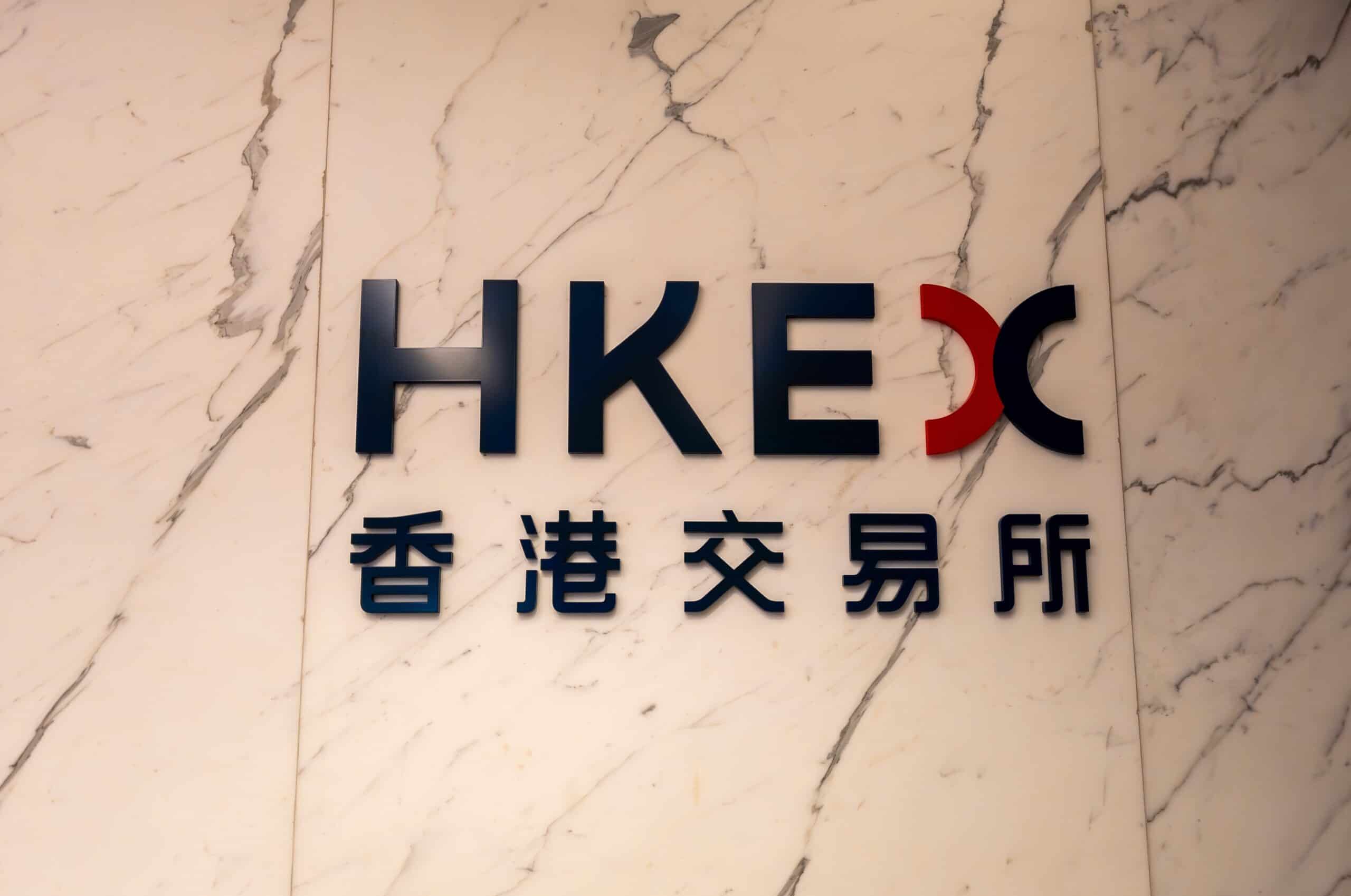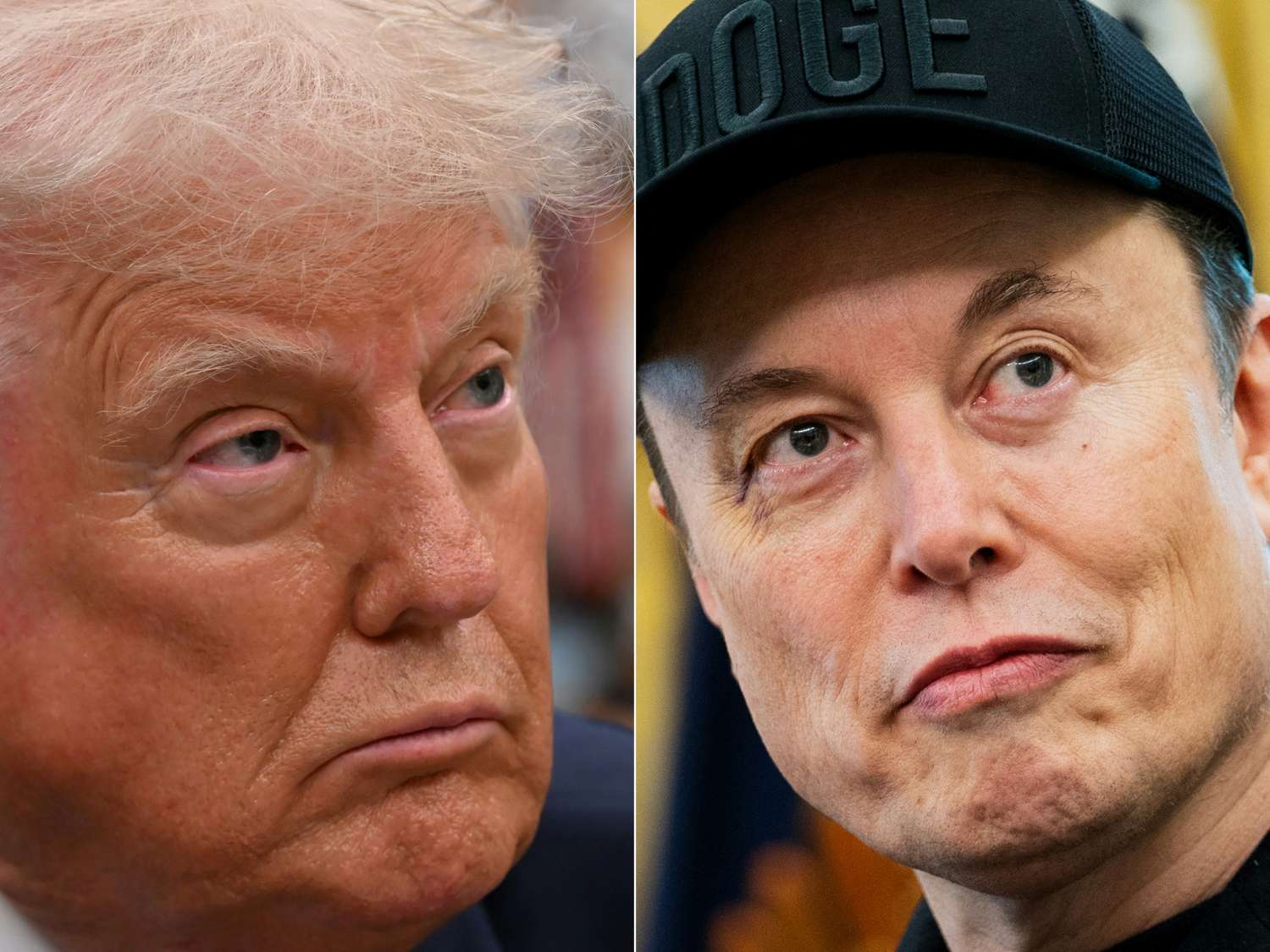Last night, as you’ve no doubt heard, Israel launched a large targeted air strike on Iran, hitting its Natanz atomic facility – a significant escalation in regional tensions..
Now stocks are crashing on fears that this could seriously heighten geopolitical instability around the globe..
But we’re here to tell you that, while those worries are understandable, this battle should remain contained to the region for now…
For long-term investors, history suggests that markets often recover from geopolitical shocks – offering opportunities amid the volatility.
Here’s why we think that’s the case.
What Just Happened: Israel’s Air Strike on Iran’s Nuclear Sites
Just hours ago, on Friday morning, Israel launched a major preemptive operation – dubbed Operation Rising Lion or Am KeLavi – blitzing Iran’s nuclear and missile sites, including the Natanz facility and key military leadership in Tehran. Reportedly, this attack killed Islamic Revolutionary Guard Corps (IRGC) Commander Hossein Salami and two nuclear scientists in the process.
And while Israel has struck Iran before, this is the first time it’s directly hit a nuclear facility.
In April 2024, Israel carried out a limited strike near Isfahan, targeting air-defense radar that protected the Natanz nuclear site. Though close, this did not directly hit enrichment centrifuges or nuclear infrastructure.
Then in October, Israel launched a larger missile and air campaign that hit air defenses, missile production, and even a nuclear-related research complex at Parchin – but once again, no direct attack on enrichment or centrifuge facilities.
Friday’s strike on core nuclear sites (and key officials) marks an escalation beyond earlier attacks.
As a result, some geopolitical experts are warning that ‘this time is different’ and that the Iranian response could be much more severe than what we saw throughout 2024.
Such a severe response could risk disrupting oil supplies, spiking oil prices, reigniting global inflation, fracturing already-frayed geopolitical relations, plunging the global economy into a recession, and dragging everyone into World War III.
There is definitely a potential apocalyptic outcome at play here.
But history says it is very unlikely to unfold that way…
Why Iran Will Retaliate Via Oil
No one wants a full-blown war in the Middle East. That seems especially the case for Iran, which has already been weakened militarily and politically and probably wouldn’t stand a chance in an escalated conflict against both Israel and the United States.
But it also can’t just lay down and let Israel steamroll it with airstrikes. It needs to respond in some way.
And we believe that response will largely be to weaponize oil.
Historically, Iran has leveraged oil and maritime disruptions to escalate pressure during skirmishes. A salient example is the 2019 Abqaiq-Khurais drone strike, which knocked out about 5% of global oil production and led to a spike in global prices.
Doing so now could be especially potent…
Because President Trump is intent on lowering U.S. oil prices and keeping inflation low so that he can secure rate cuts. But none of that will happen if oil prices spike to $80-plus. Inflation would stay high, and rate cuts would be off the table.
Iran knows this and, therefore, knows that it can go for the jugular here by weaponizing oil.
Disrupt supply chains and spike oil prices. Reignite global inflation. Pressure Trump to step in and tell Israel to back down.
We think that’s most likely Iran’s strategy here – which means short-term pain, long-term gain for stocks.
Market Impact & AI Boom Resilience: Why Investors Should Pounce on AI Stocks
Geopolitical conflict brings with it profound human and societal consequences – far beyond markets and headlines. Indeed, these developments rightly draw global concern, but it’s important to separate short-term volatility from structural trends.
Though any further disintegration of peace in the Middle East is not good news, in our view, this latest development doesn’t impact the trajectory or pace of the AI Boom.
Even amid the crisis, AI chips are being bought. Data centers are being built. Energy facilities are being commissioned. New models are being developed, and AI agents are being deployed.
While today’s headlines are unsettling, AI is still rapidly proliferating throughout the global economy. Israel’s strike against Iran does nothing to change that.
So, as AI stocks crash lower today, the structural trend remains unchanged: buy any dips in top-tier AI trades.
For the long-term AI investor, this is noise, not signal. Stick to your allocation plan. Rebalance where prudent. If you’re building for 2030, today’s escalation does little to change the buy thesis.
And one corner of the AI market could be the most lucrative of all – humanoid robotics; what we call “AI 2.0.”
At the heart of this revolution is Tesla’s (TSLA) Optimus bot, a project that could transform labor as we know it. Think warehouse robots that learn on the fly, medical assistants that adapt in real time, or domestic helpers that move, see, and reason like humans do.
But it’s not Tesla you need to focus on… It’s the little-known supplier helping make these robots a reality.
We’ve released a full breakdown on this humanoid future and under-the-radar stock – and why it could be the biggest AI winner of the decade.
Ready to invest in the next wave of AI disruption? Click here to learn how to get in before the crowd.
















